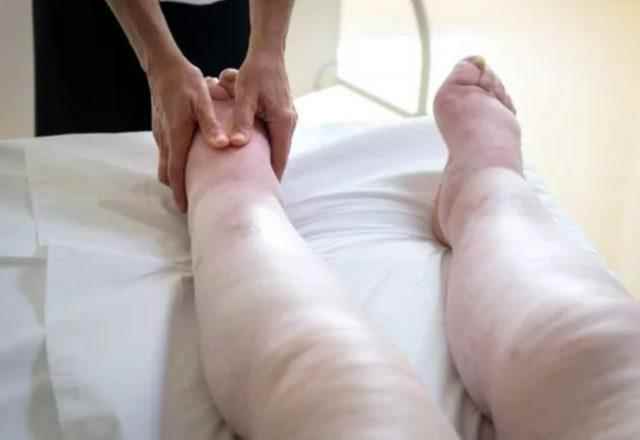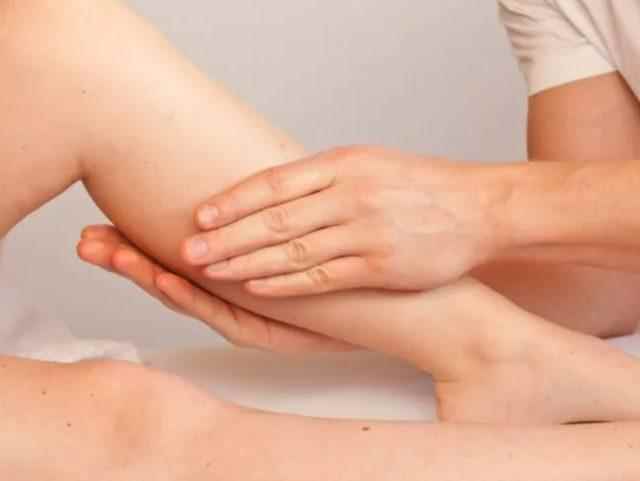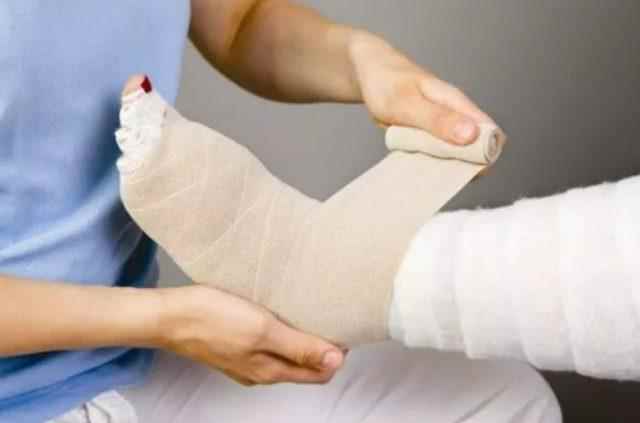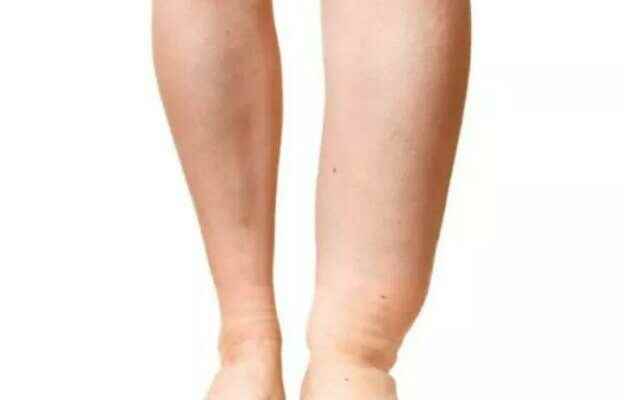Lymphedema is usually seen in the arms and legs. This disease, which is usually seen in a single arm or leg, can sometimes be seen in both places. Elephant disease causes challenging situations not only in appearance but also in health. Physiotherapist Berkay Eren said, “Lymphedema occurs with symptoms such as swelling, pain, feeling of tension and frequent infection attacks and negatively affects the patient’s quality of life. The arms and legs are the most commonly affected areas in lymphedema. At the same time, swelling may occur in the face, trunk, abdomen or genital area. Fzt. Berkay Eren warned about elephantiasis (lymphedema), noting that it causes skin disorders such as fungus and limitations in arm and leg movements in the following periods.
WHAT CAUSES LYMPHODEMA DISEASE?
Fzt said that lymphedema is defined as the accumulation of protein-rich fluid in the interstitial space as a result of congenital or subsequent deterioration of the lymphatic system. Berkay Eren, “Arms and legs are the most frequently affected areas in lymphedema. Swelling may also occur in the face, trunk, abdomen or genital area. The most important task of the lymph system; It is to drain and transport the tissue fluid and substances such as water, protein, cells and long-chain fatty acids into the vein system. If the lymph system cannot work adequately, it cannot carry the substances it is responsible for carrying and these substances cannot enter the circulation. As a result of this situation, diffusion time increases and lymphedema develops by swelling in the patient.
HIGH RISK OF DEVELOPMENT AFTER BREAST AND PROSTATE CANCER
Expressing that lymphedema can develop in any type of cancer, after surgery or radiotherapy, Fzt. Berkay Eren said that the risk of developing especially after breast and prostate cancers is very high. Fzt. Eren said, “The risk of developing lymphedema varies from patient to patient, depending on the type of surgery, the number of lymph nodes removed and radiotherapy applications. In patients who are at risk of developing lymphedema, reasons such as a blow to the arm, abrasions and cuts, insect bites and infection may also cause lymphedema.

PHYSICAL THERAPY SPECIALISTS SHOULD BE EXAMINED
Stating that the most distinctive feature in the diagnosis of lymphedema is the patient’s history, Fzt. Eren said, “While taking the patient’s history, first of all, it should be investigated whether the patient has breast surgery, trauma or infection. Ultrasound imaging is an important diagnostic method for lymphedema. If a definitive diagnosis cannot be made with ultrasound, other imaging methods such as MRI can also be used. Women who have had breast cancer or surgery should be examined by physical therapists for the risk of developing lymphedema after surgery.
WHAT IS THE TREATMENT OF LYMPHODEMA DISEASE?

Fzt. Berkay Eren shared the following information about lymphedema treatment:
“The globally accepted treatment for lymphedema is ‘complex unloading physiotherapy.’ Complex unloading physiotherapy consists of two phases and lymphedema is reduced by taking the patient to active treatment in the first phase. Then, in order to prevent lymphedema from developing again, the second phase is passed and a compression garment is put on and the patient is followed up at regular intervals. Treatment consists of 4 different methods. These are manual lymph drainage (mld), compression (bandage and compression garment), skin care and exercise.”
Fzt. Berkay Eren lymphedema or people at risk of lymphedema; infections (burns, cuts, insect bites, etc.), traumas, extreme heat (sun, bath, sauna, hot shower, etc.), long journeys, unbalanced diet and overweight, heavy exercises (pulling, pushing, resistance exercises) He underlined that they should stay away from the use of tight clothes and jewelry.
HOW TO CARE FOR LYMPHOEDEM PATIENTS?

Talking about the situations that lymphedema patients should pay attention to, Fzt. Berkay Eren said, “The compression garment that is used after the treatment should be used regularly, especially in the first 6 months. If the affected area shrinks at night, the compression garment can be removed at night. Compression garments can be taken off for a few hours on special occasions. A compression garment and compression bandage must be used during the flight. For the risk of cuts and burns, gloves should be worn while doing kitchen and gardening works. The affected arm should not be cut or injected, and the calluses on the feet should not be cut. The use of razors should be avoided and unwanted hair should be removed with the help of a razor. Blood pressure should not be measured in the affected arm. Care should be taken not to lie on the affected arm at night. In order to prevent excessive weight gain, one should eat regularly, not use excessive salt and drink plenty of water.
